 The 2024 version of AUVSI XPONENTIAL that took place in sunny San Diego, California, illustrated how quickly things can change in the drone industry. Given the focus XPONENTIAL has on the uncrewed systems and robotics industries, the topics and technologies that define the event always have overlap from one year to the next, but many of the talking points from this year were distinct in a way that was eye-opening when you think about what was top of mind for many in 2023.
The 2024 version of AUVSI XPONENTIAL that took place in sunny San Diego, California, illustrated how quickly things can change in the drone industry. Given the focus XPONENTIAL has on the uncrewed systems and robotics industries, the topics and technologies that define the event always have overlap from one year to the next, but many of the talking points from this year were distinct in a way that was eye-opening when you think about what was top of mind for many in 2023.
We’ve already detailed how XPONENTIAL prioritizes movement over motion while also showcasing various innovations like the Osprey from Skyfish and a digital infrastructure system for scaled autonomy, but there was so much more to the event. Here are a few talking points and takeaways that will resonate across the drone industry for the rest of this year and beyond.
What Does it Mean to Level the Playing Field?
 If you listened to the keynote remarks made by AUVSI President and CEO Michael Robbins at XPONENTIAL, you’ll notice he never said “DJI” but exactly how the drone industry as a whole is thinking about and using DJI products was part of just about every conversation at the event. Robbins has said that AUVSI does not support efforts that would bring about an immediate ban on Chinese drones, but instead wants to advocate common sense solutions to level the playing field.
If you listened to the keynote remarks made by AUVSI President and CEO Michael Robbins at XPONENTIAL, you’ll notice he never said “DJI” but exactly how the drone industry as a whole is thinking about and using DJI products was part of just about every conversation at the event. Robbins has said that AUVSI does not support efforts that would bring about an immediate ban on Chinese drones, but instead wants to advocate common sense solutions to level the playing field.
You can read his full remarks here, but they connect with a “timed” approach to moving away from technology produced inside the PRC that he’s previously talked about around. Which is to say, they want to give the industry a few years to find an American-made alternative. Many users support the concept in the abstract, but how are they supposed to consider these alternatives in light of the reality of their budgets and operational needs?
While DJI wasn’t officially part of the event, the show floor was nonetheless full of their products, and an additional alternative could be seen as coming from DJI itself in the form of Anzu Robotics, which has a licensing deal with DJI to manufacture their Raptor and Raptor T platforms. AUVSI is focused on enabling better support for U.S. innovators and manufacturers to find that eventual answer, but it’s going to be telling to see exactly what that looks like in light of the many perspectives, challenges and solutions that define this topic.
The Commercial and Defense Connection
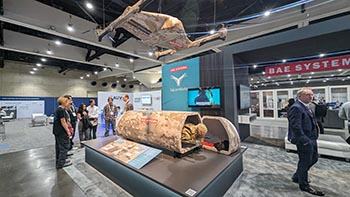 I remember going to XPONENTIAL for the first time in 2016 and seeing a tradeshow floor that featured numerous military and defense solutions, all of which reinforced the concept of a “drone” as a weapon of war that compelled the organization to try and stop everyone from even using that term. While they gave up on that endeavor, the shift to focus more on the commercial and enterprise applications of UAS technology was successful, to the point that such defense solutions were basically gone from the show floor a couple years later.
I remember going to XPONENTIAL for the first time in 2016 and seeing a tradeshow floor that featured numerous military and defense solutions, all of which reinforced the concept of a “drone” as a weapon of war that compelled the organization to try and stop everyone from even using that term. While they gave up on that endeavor, the shift to focus more on the commercial and enterprise applications of UAS technology was successful, to the point that such defense solutions were basically gone from the show floor a couple years later.
This year’s event featured a shift back to a defense focus, with all of the opening keynotes coming from that sector. It was further reinforced by an entire section of the floor focused on these solutions. I missed that camo!
This shift is indicative of the larger reality that the commercial and military aspects of the technology remain connected, and dual-use applications will become even more pervasive. Keep an eye on messaging that comes out around solutions supporting both, or shifts that see an organization lean into supporting military applications after previously focusing on commercial, or vice-versa.
Does the FAA Need More Data?
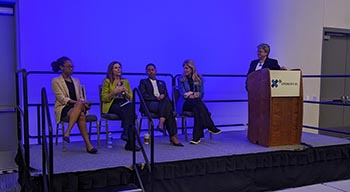 The Wednesday keynote featured a panel with multiple FAA representatives that gave the audience a sense of the human beings behind decisions and processes that can sometimes feel especially bureaucratic. Hearing how Marc Nichols, Chief Counsel at the FAA, actively thinks about the long-term ramifications of their decisions was especially heartening, for example. But what was most revealing was what they had to say about data.
The Wednesday keynote featured a panel with multiple FAA representatives that gave the audience a sense of the human beings behind decisions and processes that can sometimes feel especially bureaucratic. Hearing how Marc Nichols, Chief Counsel at the FAA, actively thinks about the long-term ramifications of their decisions was especially heartening, for example. But what was most revealing was what they had to say about data.
Laurence Wildgoose, Assistant Administrator for Policy, International Affairs, and Environment at the FAA, mentioned the FAA needs data to help them do their jobs better. FAA Administrator Michael Whitaker has talked about his focus on gathering and using data, which makes sense on every level. However, there’s a point at which gathering more data is more about delay than decision.
“We’ve collected a ton of data,” said Lisa Ellman, Partner at Hogan Lovells LLP and Executive Director of Commercial Drone Alliance during a What Does UAS Data Mean to YOU? panel that took place later in the day. “With the right direction, we can capture more, but we also need to use what we have.”
How the FAA or any other rule-making body is or should be using the data they have is an ongoing conversation, but keep an eye out for how AI and other software innovations might support processes to enable stakeholders to say “no” rather than “we need more data.” That sort of certainty would ultimately be a good thing, since “no” is better than “maybe.”
Also, moderator Michelle Duquette's takeaways from the panel are worth your time to check out.
Components in the Present Define the Market of the Future
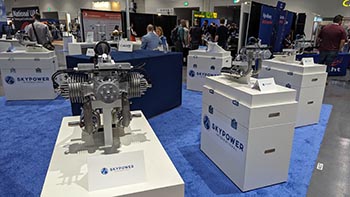 The exhibit floor of XPONENTIAL features hundreds of drone hardware and software products, and drones like the Aurelia X8 from Aurelia Aerospace are the type many attendees are there to see. However, what was striking this year was how many components and sensors were on the floor. That's everything from composites to chips to cameras, with propellers and payloads of all types.
The exhibit floor of XPONENTIAL features hundreds of drone hardware and software products, and drones like the Aurelia X8 from Aurelia Aerospace are the type many attendees are there to see. However, what was striking this year was how many components and sensors were on the floor. That's everything from composites to chips to cameras, with propellers and payloads of all types.
In terms of what all of that means, Bobby Sakaki said it better than I can when he mentioned that it will ultimately be the component OEMs that create an entirely new industrial base for the industry. Doing so represents the leveled the playing field that Robbins was talking about, as these systems will serve very specific needs and purposes across commercial and military markets. Agreements and connections between these component-makers to create such solutions were taking shape in front of attendees’ eyes on the floor of the show.
This is a Community of Passionate and Connected People
 Despite having gone to probably hundreds of events at this point, the types of trade shows that exist continues to be a source of fascination for me. Powder Coating Week is education and connection for anyone using powder coating. The National Printing Ink Conference brings together printers and ink manufacturers, while the Car Wash Show attracts more people than you’d ever imagine.
Despite having gone to probably hundreds of events at this point, the types of trade shows that exist continues to be a source of fascination for me. Powder Coating Week is education and connection for anyone using powder coating. The National Printing Ink Conference brings together printers and ink manufacturers, while the Car Wash Show attracts more people than you’d ever imagine.
All of which is to say that there being a dedicated community for drones doesn't surprise me. But what continues to impress me is the passion that defines this community. The drone industry is defined by people who are committed to the technology and unlocking the value it can create for individuals and society as a whole, and you can that passion on every level at events like XPONENTIAL. Some of them could probably be making more money or have an easier time in another type of work or industry, but they’re here. And they care. And they want to connect.
Other shows and communities have people committed to them, but how many others can you find the CEO taking the time to hear out the community or a company focused on getting young people into STEM by building and flying drones? Some, I'm sure. But a NASA speaker series, a look at all-domain robotics in action and a drone light show in the park? Only the drone industry and only XPONENTIAL.


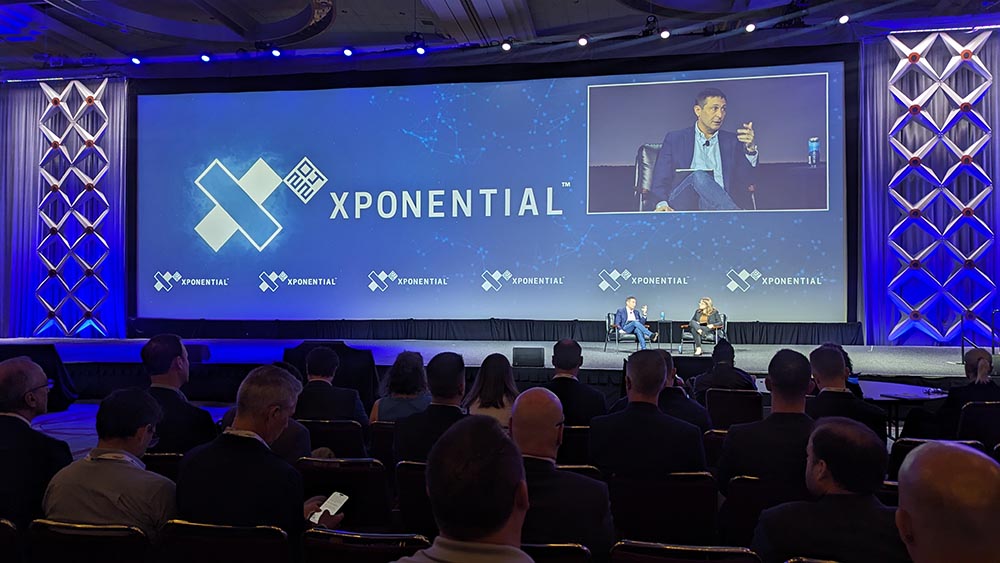


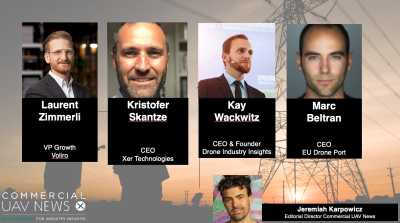
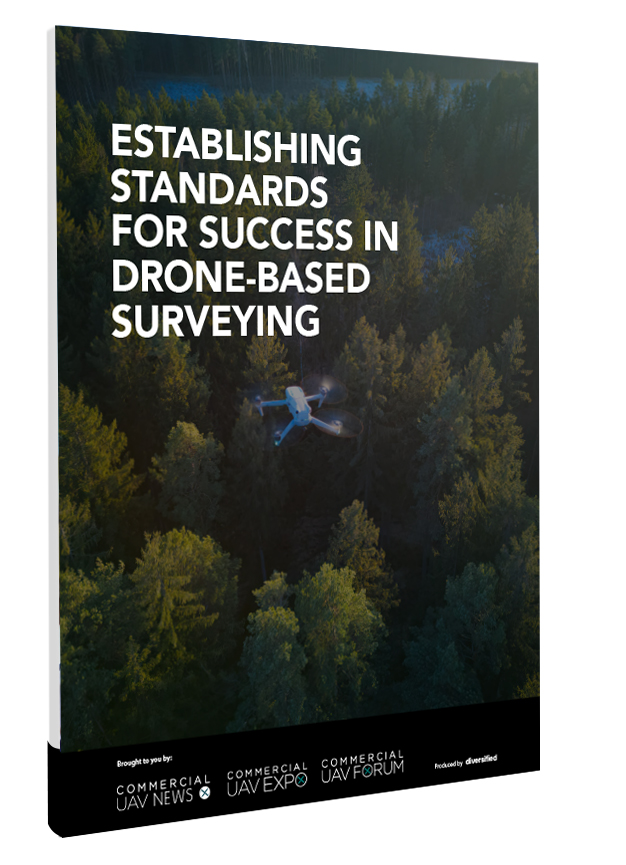









Comments